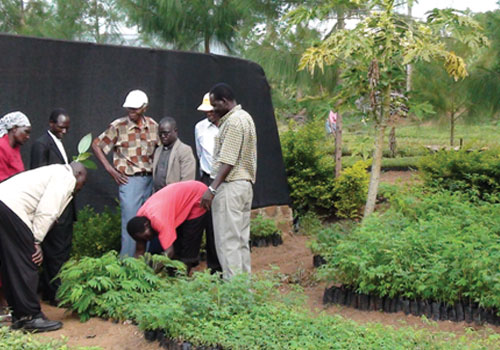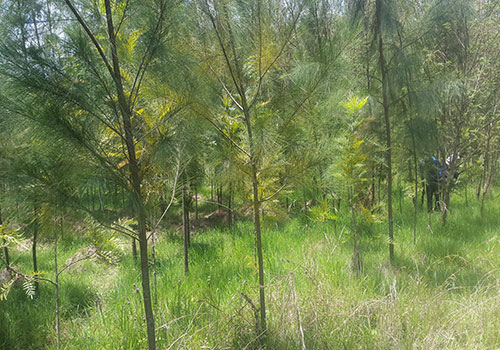Forest and Landscape Restoration Program
Continued landscape degradation poses serious obstacles to eliminating poverty and hunger, maintaining biodiversity, and to the ability of farmers and local communities to adapt to the impacts of climate change. It increases competition for scarce natural resources, consequently threatening people’s livelihoods, well-being, food, water and energy security and the resilience capacity of both people and natural ecosystems.
The Forest and Landscape Restoration Program (FLR Program) has been established to support fulfilling the needs of both people and the environment in a sustainable manner. The expected outcome of the FLR Program is improved resilience, productivity and socio-economic value from restored forests and landscapes benefiting human well-being, local livelihoods and the environment. It aims to seek a balance between restoring ecosystem services (e.g. biodiversity, soil and water conservation) and productive functions of land for agriculture and related uses that provide food, energy and other products and services for sustainable livelihoods.


FLR aims to facilitate a process in selected counties to provide support, as needed, for improving the enabling environment, institutional arrangements, organizational and technical capacity and other concerns related to designing, planning and implementing FLR programs.
Our Approaches in FLR
- Supporting preparation and the implementation of County FLR Action Plans
- Ensuring sustainability of FLR efforts
- Strengthening networking and supporting partnerships on FLR,
- Exploring investment opportunities and greater involvement of the private sector to develop appropriate value chains linked to forest and landscape restoration opportunities.
- Documentation and sharing best practices in FLR
- Working with communities to support tree planting and reclaim degraded land
- Investing in integrated landscapes to achieve the SDGs
